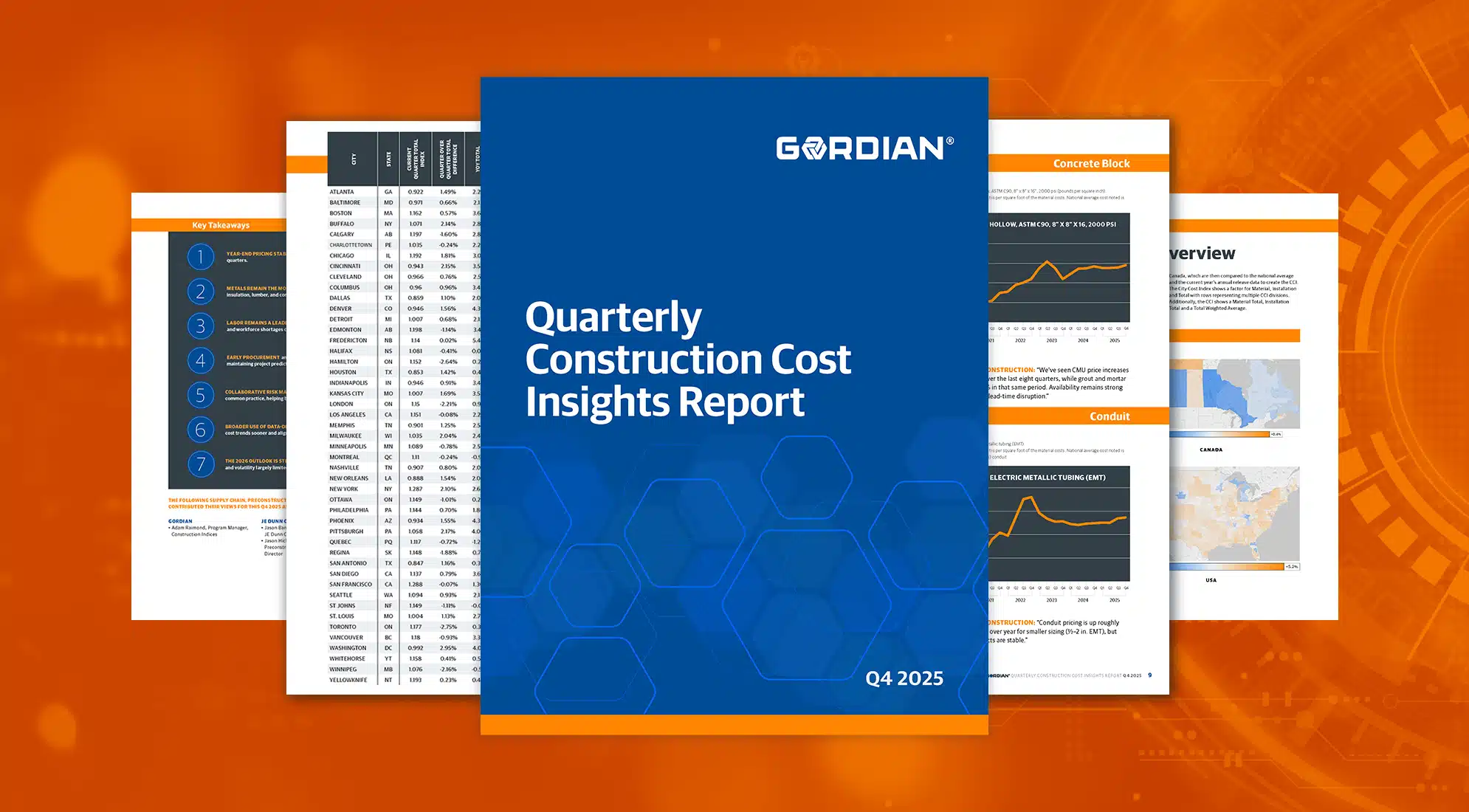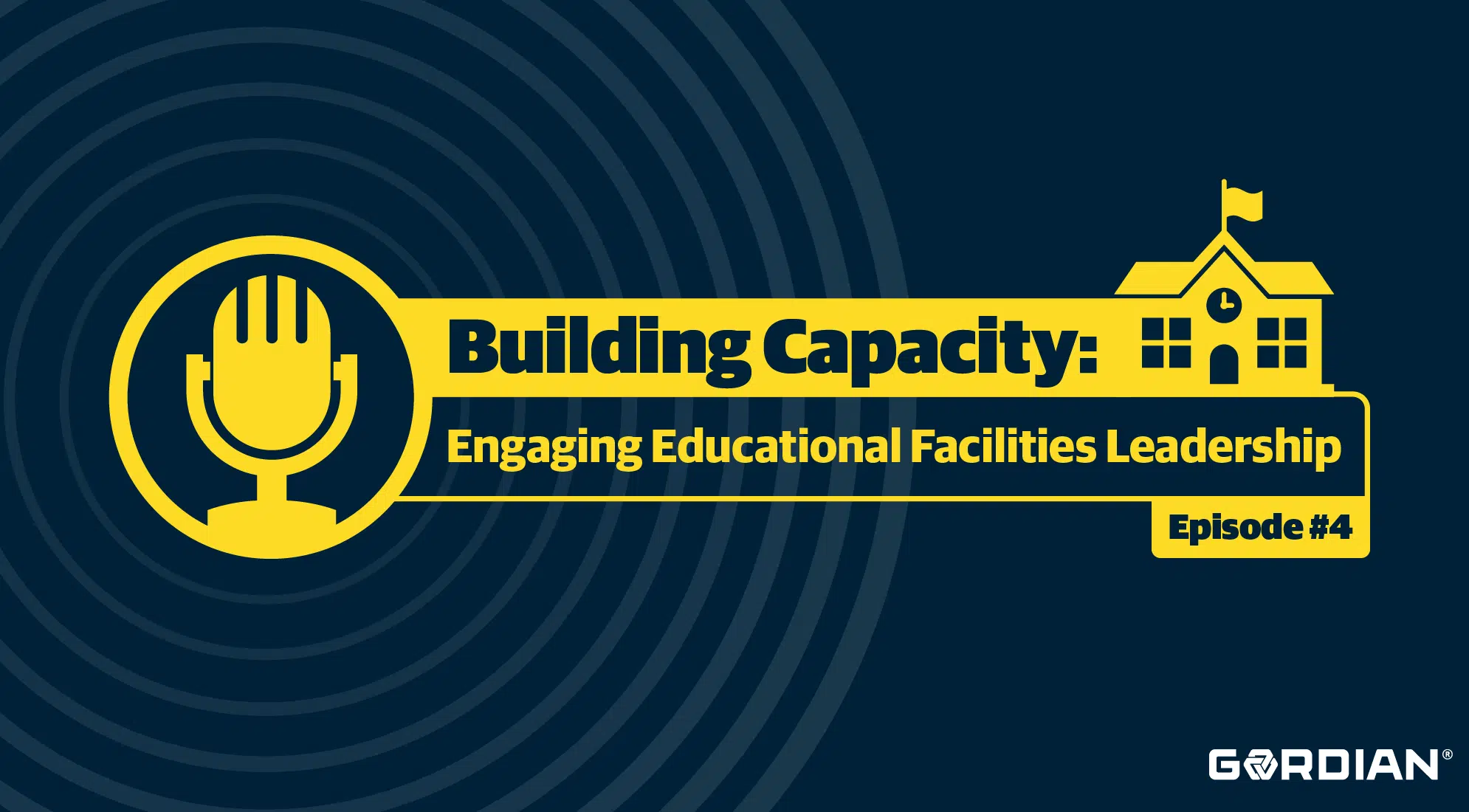Key Points:
- What is a Facilities Condition Assessment (FCA)?
An FCA is a systematic, on-site evaluation of a facility’s physical condition, including architectural elements, building systems (HVAC, electrical, plumbing), and code compliance. It identifies deficiencies, calculates the Facility Condition Index (FCI), and informs both short- and long-term capital planning—making it a proactive tool for asset management. - Why FCAs Are Critical for Federal Agencies
With aging infrastructure, limited budgets, and growing maintenance backlogs, federal agencies face mounting pressure to manage facilities efficiently. FCAs provide data-driven insights that replace guesswork with evidence-based planning, helping agencies prioritize investments, secure funding, and maintain mission-critical operations. - Strategic Benefits of FCAs
FCAs support risk management, budget forecasting, and regulatory compliance. They create a living database that enables agencies to make informed decisions, optimize limited resources, and align facility investments with long-term strategic goals—ensuring operational continuity and public accountability.
Aging infrastructure, constrained federal budgets and mounting maintenance backlogs are putting federal agencies under immense pressure to manage their facilities portfolios with clarity, foresight and precision. These facilities are mission-critical assets that support everything from national defense to healthcare to scientific research. And yet, many agencies are operating with incomplete datasets on their building portfolio, unpredictable funding and limited workforce capacity.
Amid these challenges, Facilities Condition Assessments (FCAs) have emerged as one of the most effective, strategic tools federal agencies can deploy to gain clarity, optimize limited resources and ensure mission continuity.
What Is a Facilities Condition Assessment (FCA)?
An FCA is a systematic, on-site evaluation of a facility’s physical state, conducted to identify deficiencies, assess asset performance and inform short- and long-term capital planning. Unlike routine inspections, FCAs are comprehensive and proactive. They provide a detailed, objective snapshot of each building’s current condition, potential risks and estimated costs for repairs or replacements.
A standard FCA typically includes:
- Visual inspections of architectural elements such as roofing, walls, windows and flooring.
- Evaluations of building systems, including HVAC, mechanical, electrical, plumbing (MEP), elevators and fire protection.
- Assessment of code and regulatory compliance, including life safety, ADA accessibility and environmental standards.
- Documentation of deferred maintenance needs and capital renewal requirements.
- Calculation of the Facility Condition Index (FCI), a standardized metric used to benchmark building performance across a portfolio.
The result is a living database that supports evidence-based decisions — not just a static report. When integrated into an agency’s broader asset management strategy, FCAs deliver operational insight and strategic direction.
Why FCAs Matter More Than Ever for Federal Agencies
Federal facility portfolios face immense stress. Many buildings are past their intended life span, maintenance backlogs are growing and skilled labor is increasingly scarce. Budgetary pressures further complicate the picture, as agencies must balance immediate operational needs with long-term infrastructure investment. Against this backdrop, FCAs deliver value in four critical areas:
1. Data-Driven Asset Management and Budget Planning
Without reliable facility data, capital planning becomes reactive, inconsistent and vulnerable to external pressures. FCAs help agencies transition from guesswork to evidence-based decision-making by capturing objective condition ratings, quantifying deficiencies and estimating project costs.
Benefits include:
- Targeted investments: Prioritize funding where the need is greatest and the risk is highest.
- Defensible budgets: Justify capital requests with condition-based data that aligns with agency priorities and federal guidance, including OMB Circular A-11.
- Strategic portfolio management: Benchmark performance across facilities to identify underperforming assets or candidates for consolidation, divestiture or recapitalization.
In an environment where every funding request is scrutinized, FCA data provides transparency, consistency and credibility.
2. Enhanced Mission Readiness and Continuity
Facilities are mission enablers. Whether supporting veterans’ healthcare, intelligence operations or critical infrastructure, the condition of federal buildings directly affects service delivery and operational continuity. When infrastructure fails, missions stall — and the costs are far more than financial.
FCAs allow agencies to:
- Identify mission-critical deficiencies before they lead to system failures or safety incidents.
- Improve operational resilience by flagging aging systems, obsolete equipment and vulnerable infrastructure.
- Align facility condition with mission objectives, ensuring that physical assets support long-term strategic goals.
- Advocate for increased funding in future funding cycles by demonstrating physical needs with objective data.
A well-maintained facility is more than efficient — it’s reliable. FCAs help agencies protect their ability to serve, no matter the mission.
3. Cost-Effectiveness Amid Funding and Labor Uncertainty
Federal agencies are navigating a difficult operating environment: erratic funding cycles, staffing shortages and increasing pressure to do more with less. In this context, FCAs offer a path to smarter spending and more strategic resource allocation.
They help agencies:
- Avoid costly emergency repairs by catching issues early and enabling planned maintenance.
- Stretch workforce capacity by guiding staff and contractors toward the most urgent and high-impact tasks.
- Phase investments over time with prioritized project plans that align with available resources and funding windows.
- Reduce waste and redundancy by eliminating guesswork and aligning projects with facility condition data.
In short, FCAs help federal facility managers bring order to operational chaos — enabling them to make clear, confident decisions in uncertain times.
4. Improved Compliance and Risk Management
Federal facilities are subject to a complex array of regulatory requirements — from building codes and life safety standards to ADA and environmental mandates. FCAs help ensure compliance by documenting conditions, flagging deficiencies and enabling timely corrective action.
This delivers several key advantages:
- Reduced legal and operational risk from non-compliance or safety hazards.
- Improved audit readiness by maintaining up-to-date documentation of facility condition and investment needs.
- Demonstrated accountability to oversight bodies, funding partners and the public.
In a landscape of increasing scrutiny and rising standards, FCAs are a critical tool for reducing liability and demonstrating stewardship.
Actionable Insights With Proven Tools
To truly maximize the value of an FCA, agencies need more than condition data — they need a proven process, a secure system and a trusted partner. That’s where Gordian delivers unmatched value.
Gordian offers a best-in-class proprietary methodology for conducting FCAs, purpose-built for the scale, complexity and compliance needs of federal portfolios. Assessments are conducted by multidisciplinary teams with deep experience in government facilities, and all findings are delivered through the Gordian Cloud Platform, a powerful cloud-based portal that enables comprehensive asset planning, reporting and project tracking.
Most importantly, Gordian’s teams include professionals with the federal security clearances necessary to work inside secure and classified environments. From military installations to research labs, we deliver the same level of service, security and integrity that our federal partners demand.
Facilities Condition Assessments are no longer a “nice-to-have” for federal agencies — they are essential tools for safeguarding mission readiness, securing funding and managing risk. As agencies face mounting challenges and tighter constraints, FCAs offer a clear, cost-effective path forward.
Now is the time to act. Contact Gordian to learn how our industry-leading FCA methodology, secure digital platform and federally cleared professionals can help your agency build a smarter, more resilient and more accountable facilities strategy.






